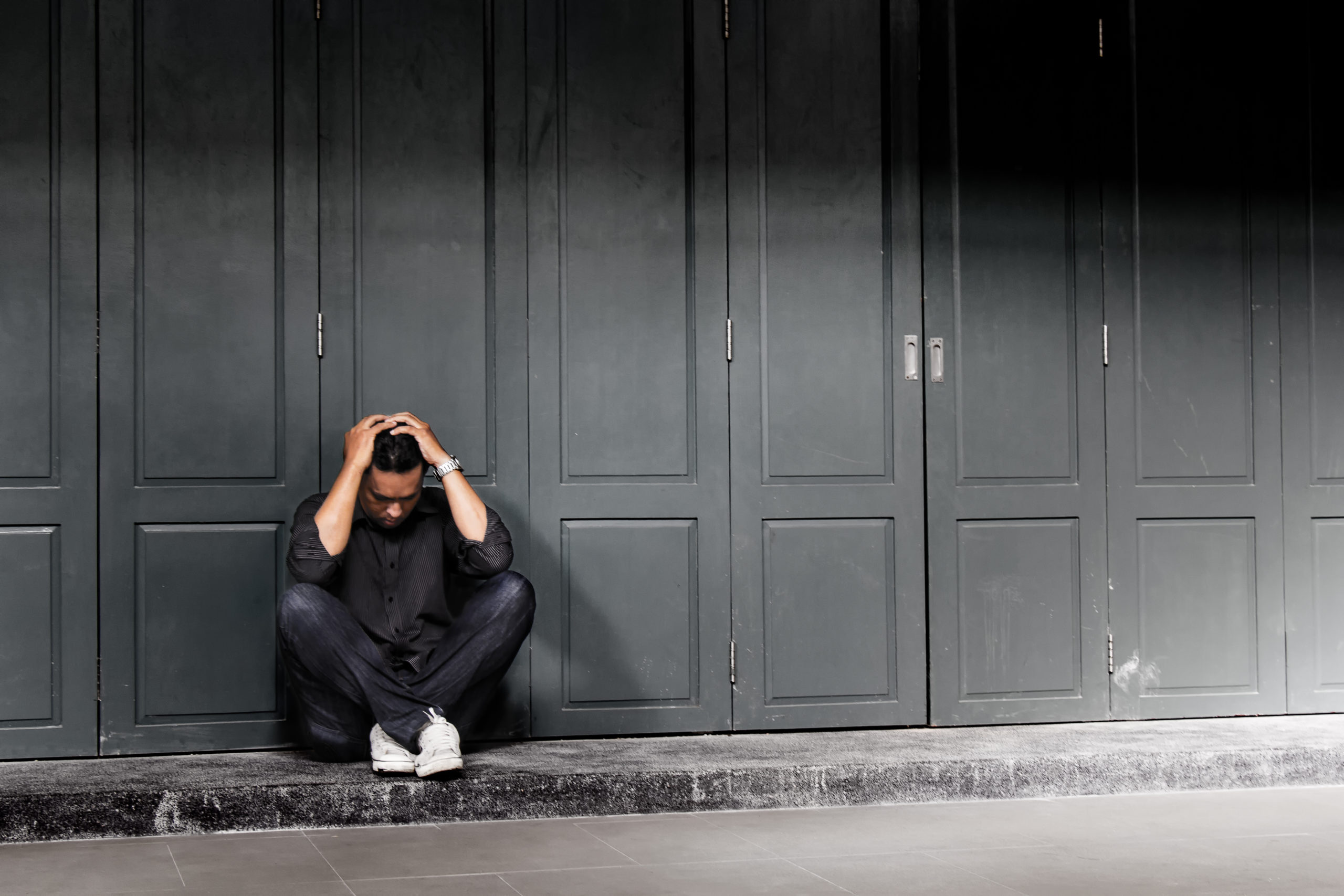The symptoms of opioid abuse vary based on the type of drug used, the method of use, and the length of use. However, individuals who use or abuse illicit and prescription medications often have similar symptoms, and the outcomes for both can be fatal.
At Indah Recovery, we support clients ready to challenge their addiction by providing comprehensive detoxification and addiction treatment focused on self-enlightenment and control of self and triggers.
Today, speak with an admissions counselor to get supportive opioid addiction treatment designed based on your needs.
What are Opioids?
Opioids are a class of narcotic that can be manufactured for prescription use or illegally created as a street drug prescription opiates include drugs like morphine, codeine, and hydrocodone. Illegal substances that fall under the opiates category include heroin, opium, and street-end fentanyl. These drugs are extremely common and can be fatal.
Because opioids come in so many forms, consuming opioids is variable as well. Individuals can smoke crushed opioids, dissolve opioids in water, inject them, take them in pill form, And many opioids even come in soluble skin patches. Because there are so many ways to ingest opioids, it also impacts how quickly and how long the High lasts. Smoking and injecting opioids and opiates have the quickest reaction time. However, they have a shorter overall high. Taking a pill or using an opioid patch may take longer to start but last longer because the body processes the drug in the system.
How Do Opioids Impact the Body?
Opioids impact the body by slowing down and potentially shutting down the system. As a depressant, opioids, and opiates slow down the body’s functions. This process makes it harder for the body to absorb hormones like dopamine, which creates a calming hi. Those who use opioids to get high often experience several physical symptoms of using opioids. Those symptoms may include itching, constipation, sleepiness, dilated pupils, and reactions at the intake site.
Opioids also specifically impact the brain. By slowing down the process of dopamine, the body becomes addicted to the high that opioids create. This can lead to addiction and increase other mental health-related illnesses or disorders. Opioid addiction has links with increases in anxiety, depressive episodes, bipolar disorder, personality disorders, and trauma. When an individual uses opioids for an extended period, this can cause these disorders to have permanent effects that don’t wear off when the drug does.
Long-term opioid abuse can lead to kidney and liver failure, lung and heart problems, addiction, and death. Opioids are responsible for over 80% of overdose-related deaths in 2020. Synthetic opioids, specifically fentanyl, have some of the highest overdose rates of any illegal drug. Fentanyl is 50 to 100 times more potent than morphine and heroin. This drug is often mixed with other white powders to give it substance because even minimal doses can be fatal.
What Does Opioid Use Look Like?
Opioid use can look different for each individual. Still, some classic signs and symptoms of abuse can be found in individuals who abuse their prescription opioids and those who abuse illegal opioids like heroin and street-made fentanyl.
Opioid users may experience mental and physical symptoms and spend excessive amounts of time trying to obtain the drug, using the drug, and attempting to recover from use.
How to Find Comprehensive Rehab Treatment for Opioid Abuse
Finding comprehensive addiction treatment for opioid abuse in your area can be completed with a google search; however, that often opens up many possibilities. Therefore, it is important to narrow down the style of treatment based on your needs.
For individuals with more severe substance use disorders and comorbid mental health concerns, clients should seek inpatient care. This is often recommended for individuals with opioid abuse. Opioid abuse is often based on an underlying mental or physical health problem requiring more intensive inpatient treatment.
At Indah Recovery, our clients receive addiction treatment beginning from detoxification and continuing through a comprehensive treatment program. With individualized treatments, clients can get the most supportive and structured care for their specific needs.
Speak with an admissions coordinator today to see how we can support your addiction treatment needs and progress towards maintainable sobriety.





